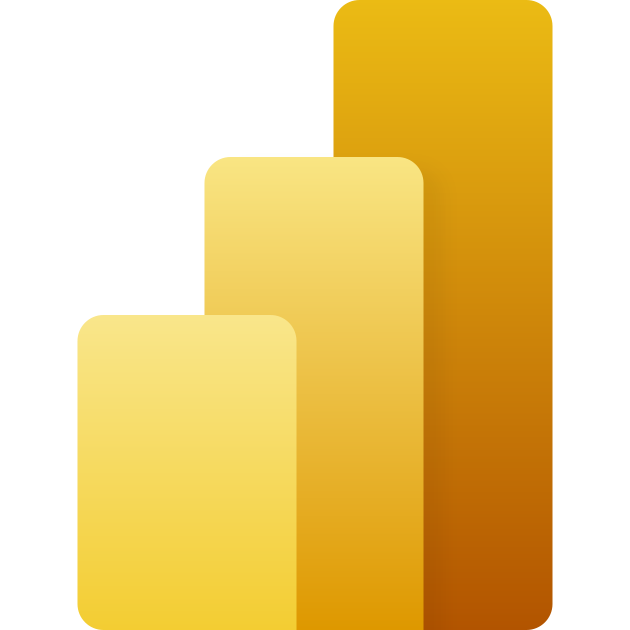
Intro into Power BI
In the modern digital age, an increasing number of businesses provide their services online, resulting in a surge of data that can be utilized to gain insight into various company operations. To analyse this data, the adoption of data analytics tools has grown substantially in recent times. At Finaps, we use a variety of these solutions. One is the solution called Power BI, created by Microsoft as part of the Power platform (link power platform). In this article, we will take a look at this useful low-code solution.

Power BI as a solution
Power BI is a software-as-a-service (SaaS) business intelligence tool developed by Microsoft. It provides users with a platform called Power BI desktop, where they can connect to various data sources, transform data, and create visualizations. After creating their work, users can collaborate on dashboards and reports in the online Power BI service, which also allows them to share their work with internal and external viewers. Additionally, users can use Microsoft Azure to extend the capabilities of Power BI. Most of these connections are available out-of-the-box and well-documented. Power BI is primarily targeted at business users and features a point-and-click interface that allows users to perform all necessary tasks without any programming knowledge. However, experienced programmers can use a module to insert custom Python or R code if needed.
What can Power BI do?
Data preparation and visualisation
Using the point and click interface, basic data transformations can be performed. Users that have some Excel experience can use the previously described library, which is called DAX (Data Analytics Expressions). With this library you can perform more advanced transformations to your data. For the more experienced programmers, it is possible to insert custom Python and R code. To visualise the data, lots of visualisation possibilities exist to create an interactive dashboard or report. Users can also create and load custom visualisations.
Machine Learning
In Power BI desktop, only a few basic machine learning (ML) visualizations are available, such as the decomposition tree and Q&A visual. To design and train ML models in the Power BI service, users will need a premium capacity, which comes with additional costs. For more advanced ML development, users can use Microsoft Azure products such as Azure Databricks and Azure Machine Learning. These products can be accessed through the Power BI service but will require a separate subscription to Microsoft Azure.

“To visualise the data, lots of visualisation possibilities exist to create an interactive dashboard or report”
Advanced tools
For the more advanced topics, such as Text Analytics, other Microsoft Azure products must be used. For this, Power BI alone is not the right solution. Azure services like Azure Bot Service, Azure Form Recognizer and Azure Video Indexer offer functionalities that go beyond standard visualisations or no-code ML models.
Power BI + Azure as a solution – data analytics lifecycle
Power BI is designed to manage the entire data analytics lifecycle in a simplified manner. However, some parts of the process, such as machine learning and data preparation, are available in basic, no-code or low-code forms. To enhance these capabilities, users can use Microsoft Azure services, which provide specific environments for each service. This approach allows organizations to gradually scale up their data analytics efforts by adding additional services as needed, rather than having to commit to a comprehensive solution all at once. However, it should be noted that this approach may require developers to work in multiple different environments.
